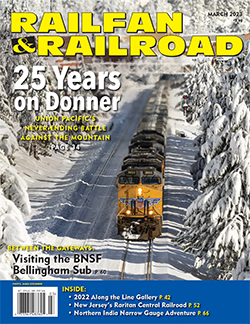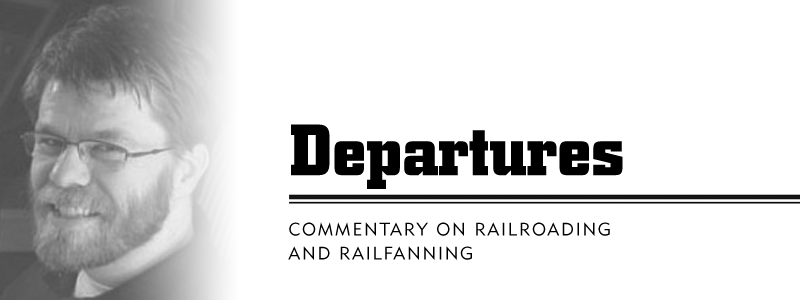 It’s been a hard winter. Over the holidays, much of the U.S. was hit by massive snowstorms and extreme, cold temperatures. During this intense peak travel time, airlines canceled flight after flight. In a terrible coincidence, Southwest Airlines had an internal crew scheduling meltdown, leading to thousands of additional canceled flights.
It’s been a hard winter. Over the holidays, much of the U.S. was hit by massive snowstorms and extreme, cold temperatures. During this intense peak travel time, airlines canceled flight after flight. In a terrible coincidence, Southwest Airlines had an internal crew scheduling meltdown, leading to thousands of additional canceled flights.
In circumstances like this, it might have been a perfect time for Amtrak, the nation’s passenger rail carrier, to shine. After all, railroads are used to having to deal with all sorts of weather. Instead? The carrier pre-emptively canceled numerous routes across the Midwest and West, most notably the Empire Builder, but also vital regional services like Wolverine, Lincoln Service, and Missouri River Runner. Was the snow really to blame? Certainly it reached historic proportions. What the storm revealed, however, was inherent weaknesses in Amtrak that remained unresolved.
The first is a shortage of personnel. Like most of the nation’s railways, Amtrak has had a difficult time bringing on enough engineers, conductors, and onboard personnel to replace retiring employees.
The second weakness is a persistent equipment shortage. Throughout last year, as the carrier moved to replace its aging 1970s Amfleet equipment, new cars have not arrived fast enough — or, at least, have not been ready enough — to be placed into service. Demand for service remains in excess of available coach seats and sleeping car berths. When winter weather increased travel times and slowed down terminal operations, these shortages compounded into cancellations.
And then there are the continual failures of the equipment Amtrak does have on hand. The new ALC-42 diesel-electrics from Siemens have been experiencing significant and sudden power losses in winter temperatures. While Siemens has been working on both software and hardware fixes, these failures have had drastic impacts on service.
Yet, Amtrak at least tried to run trains during the snowstorms. This is far more than can be said for some of the nation’s major freight companies. Union Pacific once again stands out for all the wrong reasons. The company has had a tough year, struggling to maintain basic service even in the best of weather. One of the country’s largest chicken producers, Foster Farms, complained to federal regulators that UP had performed so poorly throughout the year that its stock of chicken feed had run “dangerously low” by the middle of fall. The U.S. Surface Transportation Board responded at the end of December by issuing an emergency service order directing UP to deliver immediately. Yet, with winter weather throwing chaos across the continent, a day later UP issued an embargo shutting down all rail service on its lines in Iowa, Minnesota, and Wisconsin.
There’s something larger at stake here, something that has little to do with specific equipment or policies or the weather. The railroad industry as a whole is sliding toward malaise. It hires too few people, then treats them with contempt. It says it serves its customers, then cuts services anytime the going gets tough. Industry executives seem to see future profits as depending solely on reduced regulations. Why work for the money, when you can just hire fewer employees, run fewer trains, and raise prices? Profit comes from charging more for doing less.
It’s a truism that enthusiasts think highly of their own judgment and not so highly of railroad executives. Although most of us aren’t experts, we often feel like it, sitting in a lawn chair trackside, chewing the fat with other fans, and watching the trains pass by. The way things are going, though, it’s starting to look like those fans might actually know better, after all.
—Alexander Benjamin Craghead is a transportation historian, photographer, artist, and author.



